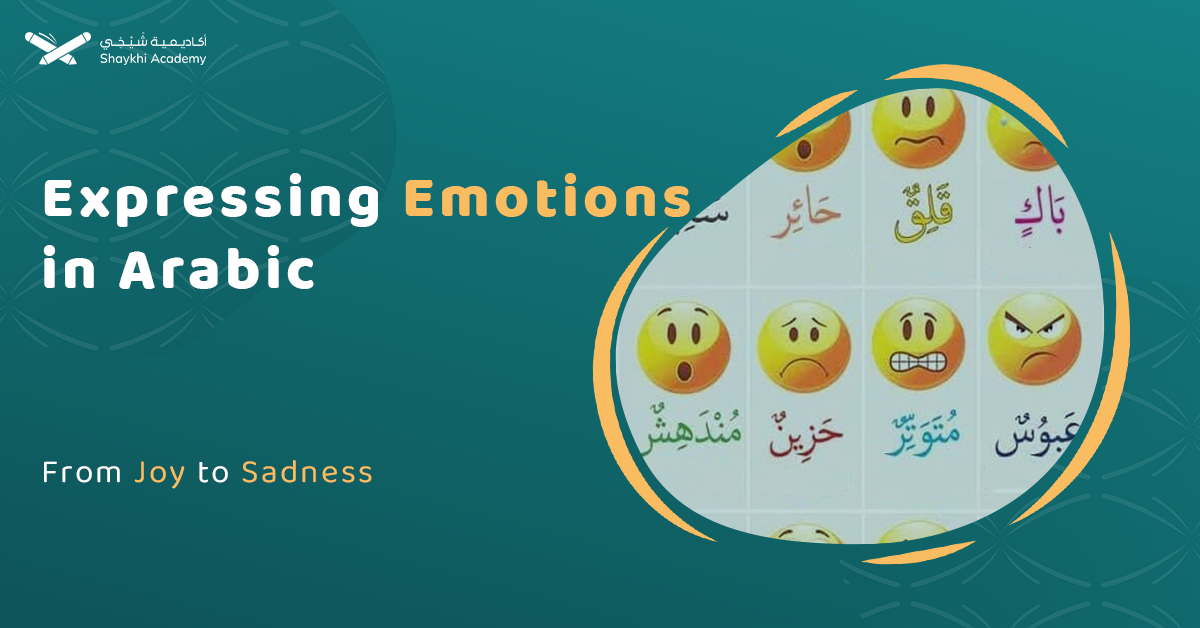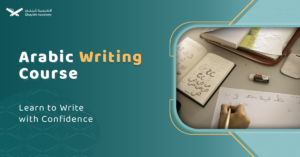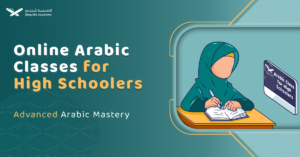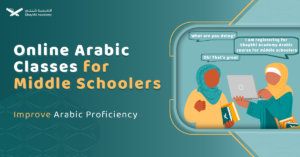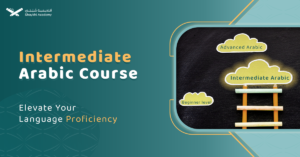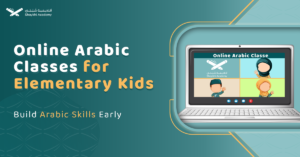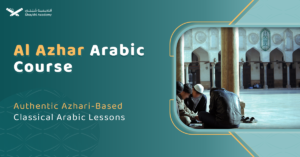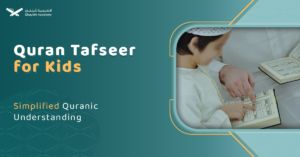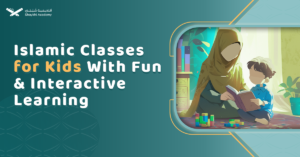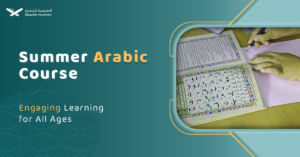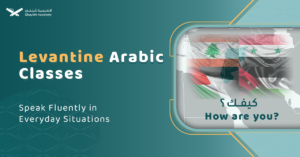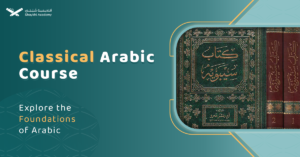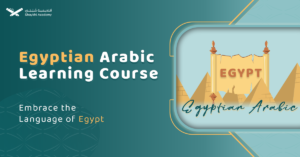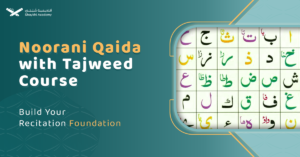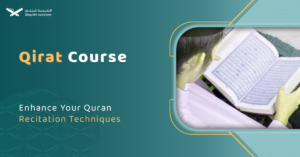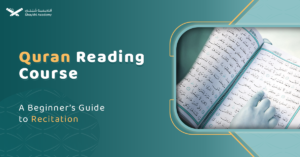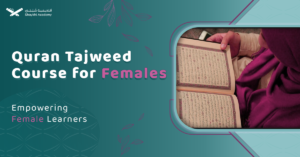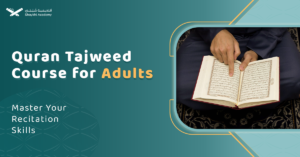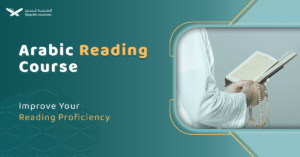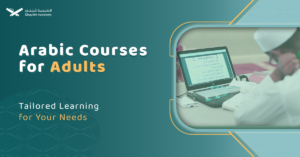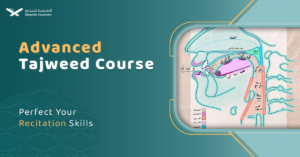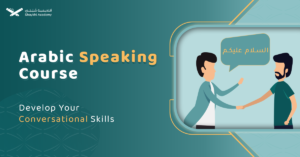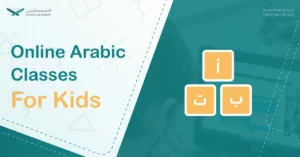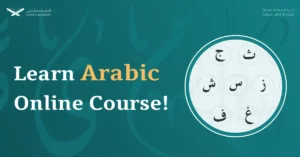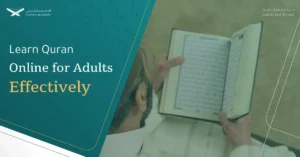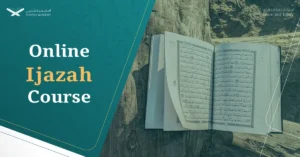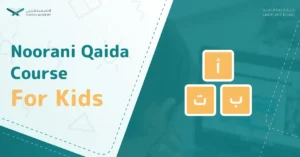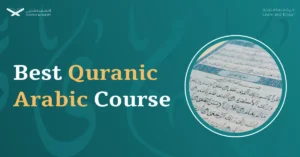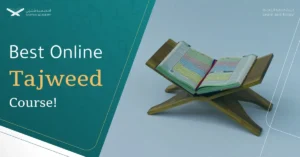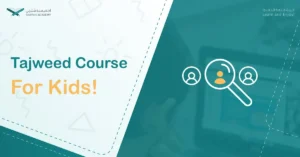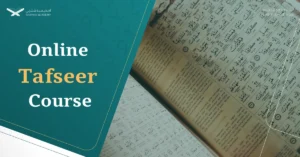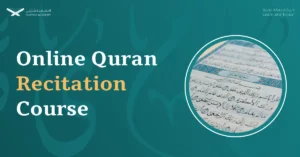Emotions play a vital role in human communication, reflecting thoughts, reactions, and relationships. In Arabic, the word for emotions, “المشاعر” (al-masha’ir), beautifully conveys the depth and complexity of feelings.
Arabic, with its rich linguistic and cultural heritage, offers an expressive vocabulary for describing emotions, often tied to the heart and spirit.
Whether positive, negative, neutral, or complex, emotions in Arabic are expressed in ways that highlight the intricacies of human experiences, offering insight into both language and culture.
How to Say Emotions in Arabic?
The word emotions in Arabic is “المشاعر” (al-masha’ir), derived from the root ش-ع-ر (sh-a-‘a-r), which relates to perceiving and feeling. Emotions encompass a range of feelings and sensations experienced by individuals in response to internal and external stimuli.
In Arabic, the concept of emotions is deeply tied to the human spirit and heart, often associated with terms like “العواطف” (al-‘awatif), referring to affections or sentiments, and “الإحساس” (al-ihsas), meaning sensation or awareness.
The Arabic language, known for its richness and poetic expression, captures the depth and nuances of emotions, reflecting their role in shaping human connections and individual experiences.
The Most Common Emotions in Arabic
This comprehensive list captures a wide range of human emotions, illustrating the depth and expressiveness of Arabic in describing feelings. Each term provides insight into the complexity of emotional experiences:
Here’s a categorized table of 40 emotions in Arabic with examples using adjectives or verbs, along with their transliterations and translations.
Positive Emotions in Arabic
| # | Emotion (Arabic) | Transliteration | English | Example Sentence | Translation |
| 1 | سعيد | Sa‘eed | Happy | أنا سعيد جدًا اليوم. | I am very happy today. |
| 2 | مبتسم | Mubtasim | Smiling | الفتاة دائمًا مبتسمة. | The girl is always smiling. |
| 3 | أحب | Uhibb | Love | أحب قراءة الكتب في وقت الفراغ. | I love reading books in my free time. |
| 4 | فرحان | Farhan | Joyful | أصبح الولد فرحان عندما رأى أصدقاءه. | The boy became joyful when he saw his friends. |
| 5 | راضٍ | Raadin | Content | أنا راضٍ عن النتيجة التي حققتها. | I am content with the result I achieved. |
| 6 | فخور | Fakhour | Proud | أنا فخور بنجاحك الكبير. | I am proud of your great success. |
| 7 | متفائل | Mutafa’il | Optimistic | أنا متفائل بشأن المستقبل. | I am optimistic about the future. |
| 8 | محب | Muhibb | Affectionate | هو شخص محب ويعامل الجميع بلطف. | He is an affectionate person who treats everyone kindly. |
| 9 | ممتن | Mumtan | Grateful | أنا ممتن لكل ما أملك. | I am grateful for everything I have. |
| 10 | مطمئن | Mutma’inn | Reassured | أصبحت مطمئنًا بعد سماع الأخبار الجيدة. | I felt reassured after hearing the good news. |
Negative Emotions in Arabic
| # | Emotion (Arabic) | Transliteration | English | Example Sentence | Translation |
| 11 | حزين | Hazeen | Sad | بدا الطفل حزينًا بعد خسارة لعبته. | The child looked sad after losing his toy. |
| 12 | غاضب | Ghadeb | Angry | أنا غاضب لأنهم لم يحترموا المواعيد. | I am angry because they didn’t respect the schedule. |
| 13 | خائف | Kha’if | Afraid | أشعر بالخوف من الامتحان القادم. | I feel afraid of the upcoming exam. |
| 14 | قلق | Qaliq | Anxious | أصبح قلقًا بشأن المستقبل المهني. | He became anxious about his professional future. |
| 15 | متوتر | Mutawattar | Nervous | كنت متوترًا قبل الاجتماع المهم. | I was nervous before the important meeting. |
| 16 | مرتبك | Murtabik | Confused | أشعر بالارتباك بسبب التعليمات المعقدة. | I feel confused because of the complicated instructions. |
| 17 | متردد | Mutaraddid | Hesitant | كان مترددًا في اتخاذ القرار. | He was hesitant to make the decision. |
| 18 | مستاء | Musta’ | Upset | كنت مستاءً من تصرفاته الأخيرة. | I was upset with his recent behavior. |
| 19 | منزعج | Munza’ij | Annoyed | أنا منزعج بسبب الضوضاء المستمرة. | I am annoyed by the constant noise. |
| 20 | مظلوم | Mazloom | Oppressed | أشعر أنني مظلوم في هذه القضية. | I feel oppressed in this matter. |
Neutral Emotions in Arabic
| # | Emotion (Arabic) | Transliteration | English | Example Sentence | Translation |
| 21 | مندهش | Mundahish | Surprised | كنت مندهشًا من ردة فعله. | I was surprised by his reaction. |
| 22 | فضولي | Fudooli | Curious | الطفل فضولي حول الأشياء الجديدة. | The child is curious about new things. |
| 23 | مشغول | Mashghool | Busy | كنت مشغولًا طوال اليوم في العمل. | I was busy all day at work. |
| 24 | مرهق | Murhaq | Exhausted | أشعر بالمرهق بعد يوم طويل من العمل. | I feel exhausted after a long day at work. |
| 25 | محايد | Muhaid | Neutral | كنت محايدًا في النقاش. | I was neutral in the discussion. |
| 26 | متحمس | Muthammis | Excited | الجميع متحمس للرحلة القادمة. | Everyone is excited about the upcoming trip. |
| 27 | قانع | Qani’ | Satisfied | كنت قانعًا بما حصلت عليه. | I was satisfied with what I got. |
Empathetic Emotions in Arabic
| # | Emotion (Arabic) | Transliteration | English | Example Sentence | Translation |
| 28 | مشفق | Mushfiq | Compassionate | يجب أن نكون مشفقين تجاه من يعانون. | We must be compassionate toward those who suffer. |
| 29 | لطيف | Lateef | Kind | هو دائمًا لطيف في تعامله مع الناس. | He is always kind in dealing with people. |
| 30 | مهتم | Muhtamm | Caring | أنا مهتم بصحتك كثيرًا. | I care a lot about your health. |
| 31 | حنون | Hanoun | Tender | الأم دائمًا حنونة تجاه أطفالها. | The mother is always tender toward her children. |
| 32 | متعاطف | Muta’atiff | Sympathetic | شعرت بالمتعاطف مع القصة الحزينة. | I felt sympathetic toward the sad story. |
Mixed Emotions in Arabic
| # | Emotion (Arabic) | Transliteration | English | Example Sentence | Translation |
| 33 | متوتر | Mutawattar | Stressed | أصبحت متوترًا بسبب المهام الكثيرة. | I became stressed because of the many tasks. |
| 34 | متحير | Muthayyir | Baffled | كان متحيرًا من القرار المفاجئ. | He was baffled by the sudden decision. |
| 35 | متأمل | Mutammil | Hopeful | أنا متأمل في تحقيق أهدافي قريبًا. | I am hopeful to achieve my goals soon. |
| 36 | متوقع | Mutaweq | Expectant | كنت متوقعًا لهذه النتائج. | I was expectant of these results. |
| 37 | متشوق | Mutashawwiq | Eager | أنا متشوق لرؤية صديقي القديم. | I am eager to see my old friend. |
| 38 | محرَج | Muhraj | Embarrassed | شعرت بالحرج عندما نسيت الجواب. | I felt embarrassed when I forgot the answer. |
| 39 | ممتع | Mumti’ | Enjoyable | كانت الرحلة ممتعة للغاية. | The trip was very enjoyable. |
| 40 | متردد | Mutaraddid | Hesitant | كان مترددًا في اتخاذ القرار. | He was hesitant to make the decision. |
How to Learn Emotions in Arabic?
Learning emotions in Arabic involves understanding both the language and the cultural context in which emotions are expressed. Here are some steps to effectively learn emotions in Arabic:
1. Start with Common Vocabulary
Begin by memorizing the most frequently used Arabic words for emotions, such as السعادة (happiness), الحزن (sadness), الحب (love), and الخوف (fear). Create flashcards or use apps like Quizlet to practice.
2. Categorize Emotions
Group emotions into categories, such as positive, negative, neutral, or complex emotions. This makes it easier to remember and apply them in conversations.
3. Use Visual Aids
Pair emotions with images or scenarios that represent them. For instance, match a smiling face with السعادة (happiness) or a crying face with الحزن (sadness). This technique is especially beneficial in Arabic courses for kids, as it helps little children learn how to express their feelings and how to read the expressions of others.
4. Practice Conversations
Incorporate emotional vocabulary into simple sentences. For example, say, “أنا سعيد اليوم” (I am happy today) or “أنا خائف من الامتحان” (I am afraid of the exam). Join an Arabic language course to gain some rein over how to carry out conversations in Arabic.
5. Listen and Observe
Watch Arabic movies, TV shows, or listen to songs that express emotions. Pay attention to how characters describe their feelings and mimic their expressions.
6. Engage in Cultural Context
Understand how emotions are expressed in Arabic-speaking cultures, where feelings may be conveyed through metaphors or specific phrases. For instance, “قلبي يؤلمني” (My heart hurts) often means emotional pain, not physical discomfort.
7. Practice Writing
Write sentences or short paragraphs describing how you feel using Arabic emotional vocabulary. Journaling in Arabic is an excellent way to practice.
8. Use Language Learning Apps
Platforms like Duolingo or Rosetta Stone may include emotional vocabulary. Dedicated Arabic apps often offer thematic lessons on emotions.
9. Immerse Yourself
Speak with native Arabic speakers or join language exchange programs to learn how emotions are naturally expressed in daily interactions.
10. Repeat and Revise
Consistent repetition is key to mastering emotional vocabulary. Revise regularly to retain what you’ve learned.
Master Arabic Fusha with Shaykhi Academy!
Unlock the beauty and precision of Arabic Fusha through our expert-led Fusha course at Shaykhi Academy. Whether you’re a beginner or looking to refine your skills, this program offers personalized lessons, interactive learning, and cultural insights to help you achieve fluency.
Start speaking confidently and immersing yourself in the language of the Quran, literature, and modern communication.
Why Shaykhi Academy?
- Expert Native Tutors: Learn from highly qualified native Arabic speakers.
- Flexible Scheduling: Tailor your classes to fit your busy life.
- Affordable Learning: Access top-quality education at a price that suits you.
- Global Access: Study from anywhere in the world.
Explore Our Arabic Courses:
- Noorani Qaida: Build a strong foundation in Quranic Arabic.
- Comprehensive Arabic Courses: Master the Arabic language, from beginner to advanced levels.
- Fusha Arabic Classes: Delve into Modern Standard Arabic, the key to understanding literature, media, and formal communication across the Arab world.
- Quranic Arabic Course: Enhance your connection with the Quran by learning the language in which it was revealed.
Start Your Arabic Journey Today! Whether you’re just starting or looking to deepen your knowledge, Shaykhi Academy is here to support your journey. Book your free trial now and begin your path to Arabic mastery!

The Conclusion:
Understanding and expressing emotions in Arabic unlocks a deeper connection to the language and its speakers. From the poetic roots of Arabic words to their cultural nuances, learning emotional vocabulary enriches communication and empathy.
By exploring common terms, engaging with native speakers, and immersing in Arabic media, learners can master the art of expressing emotions in one of the world’s most expressive languages. Arabic’s unique ability to capture human feelings reflects not only its linguistic beauty but also the shared experiences that connect people across cultures.
